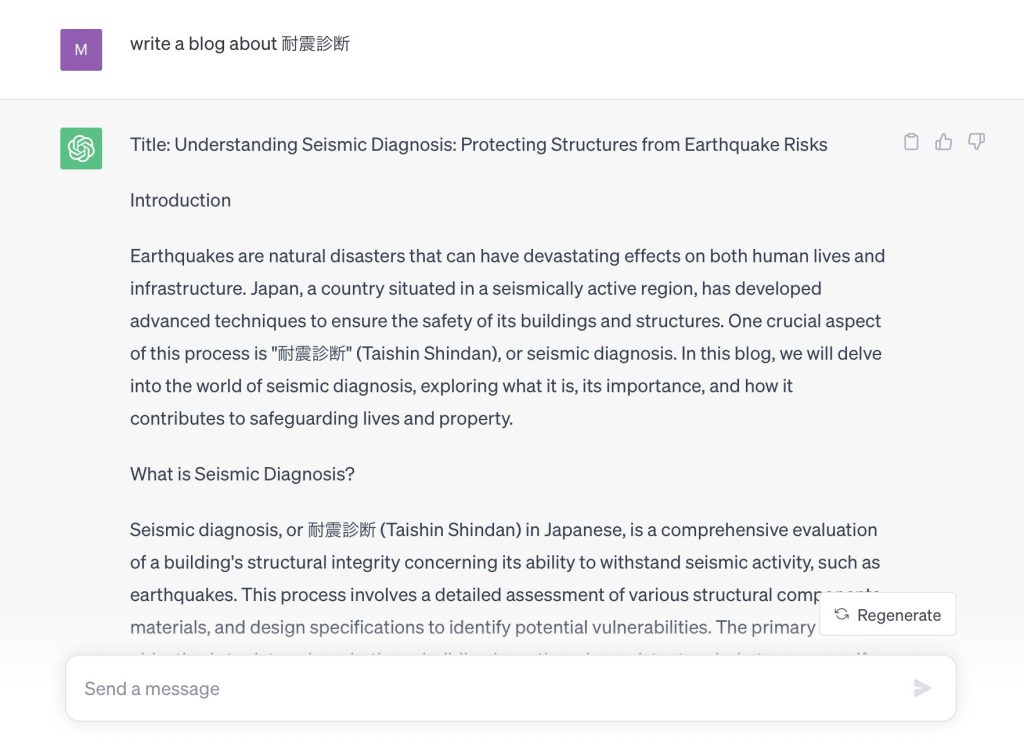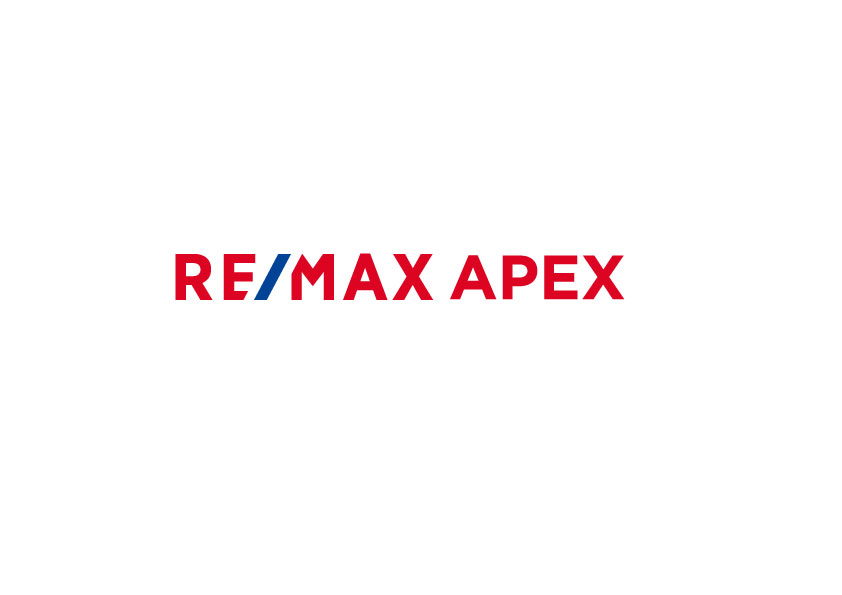
Earthquakes are natural disasters that can have devastating effects on both human lives and infrastructure. Japan, a country situated in a seismically active region, has developed advanced techniques to ensure the safety of its buildings and structures. One crucial aspect of this process is “耐震診断” (Taishin Shindan), or seismic diagnosis. In this blog, we will delve into the world of seismic diagnosis, exploring what it is, its importance, and how it contributes to safeguarding lives and property.
What is Seismic Diagnosis?
Seismic diagnosis, or 耐震診断 (Taishin Shindan) in Japanese, is a comprehensive evaluation of a building’s structural integrity concerning its ability to withstand seismic activity, such as earthquakes. This process involves a detailed assessment of various structural components, materials, and design specifications to identify potential vulnerabilities. The primary objective is to determine whether a building is earthquake-resistant and what measures, if any, are required to enhance its seismic performance.
The Importance of Seismic Diagnosis
- Safety First: The paramount reason for seismic diagnosis is to ensure the safety of occupants and the surrounding community. Earthquakes can strike without warning, and buildings must be capable of withstanding the forces generated by seismic events. Seismic diagnosis identifies weaknesses and guides necessary improvements, reducing the risk of catastrophic collapses.
- Preservation of Cultural Heritage: Japan boasts a rich cultural heritage, with historic temples, shrines, and traditional buildings. Seismic diagnosis plays a pivotal role in preserving these invaluable structures. By assessing their seismic vulnerability and implementing necessary retrofitting measures, Japan can protect its cultural treasures for future generations.
- Economic Resilience: A well-conducted seismic diagnosis can also protect the financial interests of property owners and investors. By identifying structural issues early on, costly repairs can be avoided, and property values can be maintained. Additionally, ensuring that buildings can withstand earthquakes reduces the economic impact of disasters.
The Seismic Diagnosis Process
- Inspection and Assessment: The process begins with a thorough inspection of the building, examining its structural elements, foundation, materials, and construction quality. Engineers and architects evaluate the building’s seismic performance based on existing codes and standards.
- Seismic Analysis: Engineers employ sophisticated computer models and simulations to assess how the building would respond to seismic forces. This analysis helps identify potential weak points and areas requiring reinforcement.
- Recommendations and Retrofitting: Following the assessment, engineers provide recommendations for improving the building’s seismic resilience. This can involve reinforcing structural elements, modifying foundations, or adding dampers and other seismic control devices.
- Compliance with Codes: Seismic diagnosis ensures that buildings adhere to Japan’s stringent seismic building codes. Compliance is crucial for new construction projects and for assessing existing structures’ compliance.
- Ongoing Monitoring: In some cases, buildings may require periodic monitoring to assess their long-term seismic performance and address any changes that could affect their structural integrity.
Conclusion
Seismic diagnosis, or 耐震診断 (Taishin Shindan), is a vital aspect of Japan’s proactive approach to earthquake preparedness and risk mitigation. It helps protect lives, preserves cultural heritage, and ensures economic resilience by assessing and improving the seismic performance of buildings. In a seismically active region like Japan, seismic diagnosis is not merely a precaution; it is a necessity. It serves as a testament to the country’s commitment to safety and the preservation of its architectural treasures.

For additional information or any questions please contact us here
Email: info@remax-apex.com

